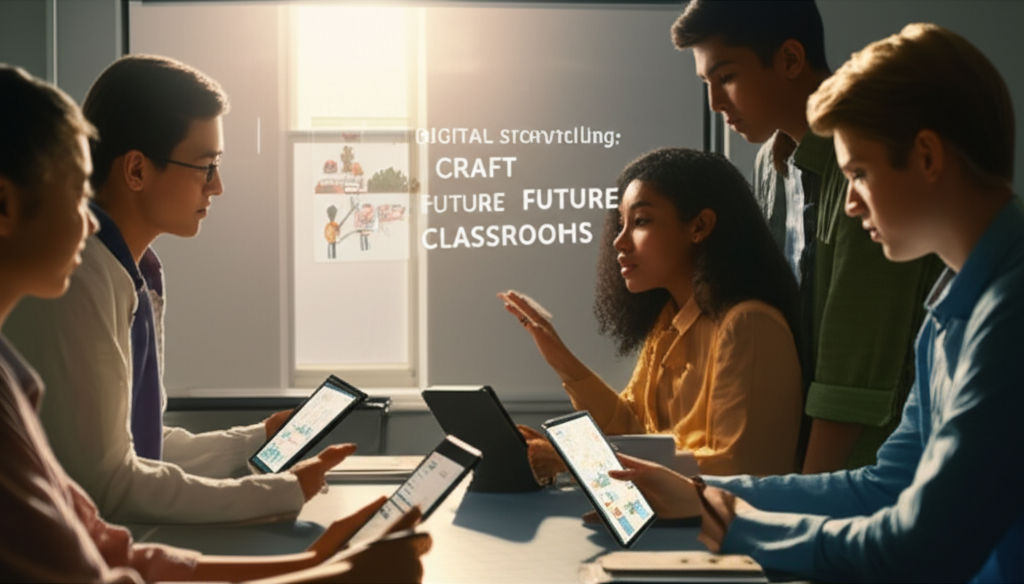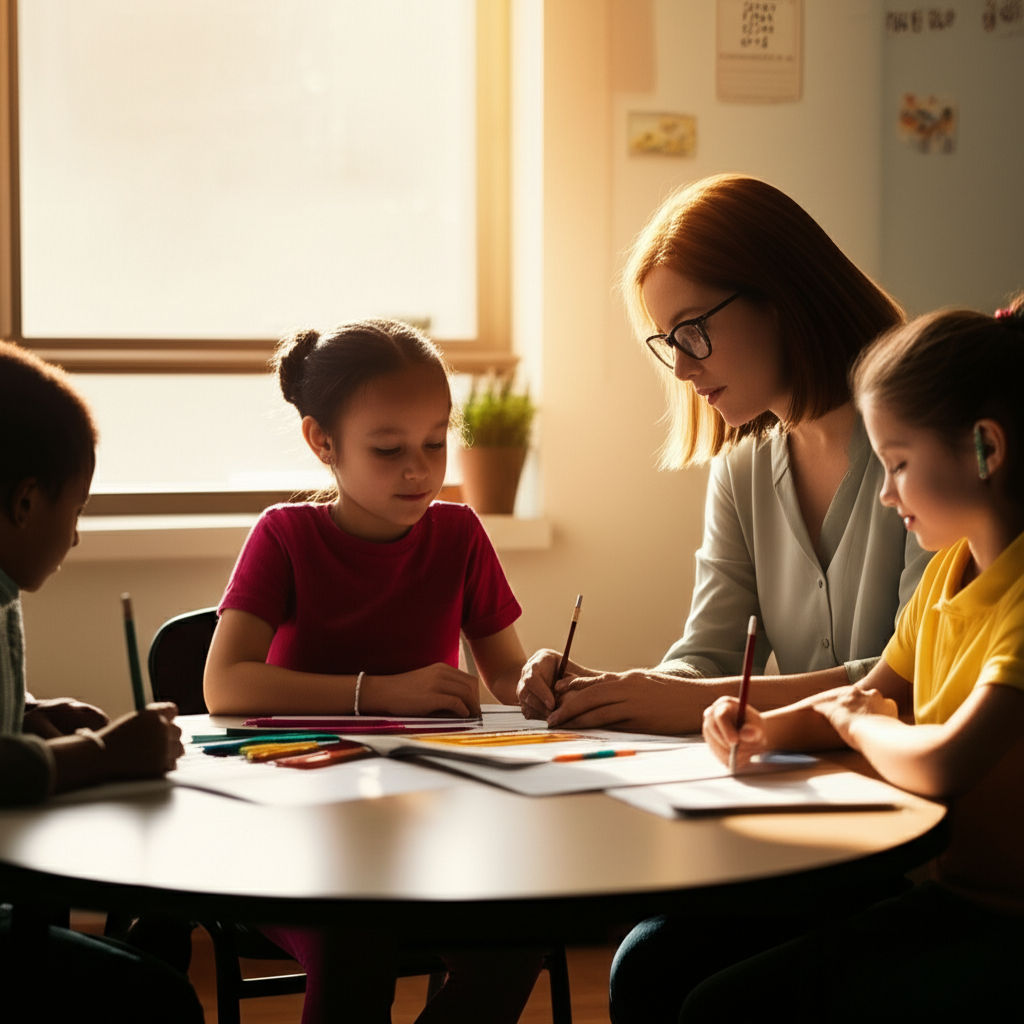Neurodiversity & Inclusion: Ed for All Brains
Emily Willis
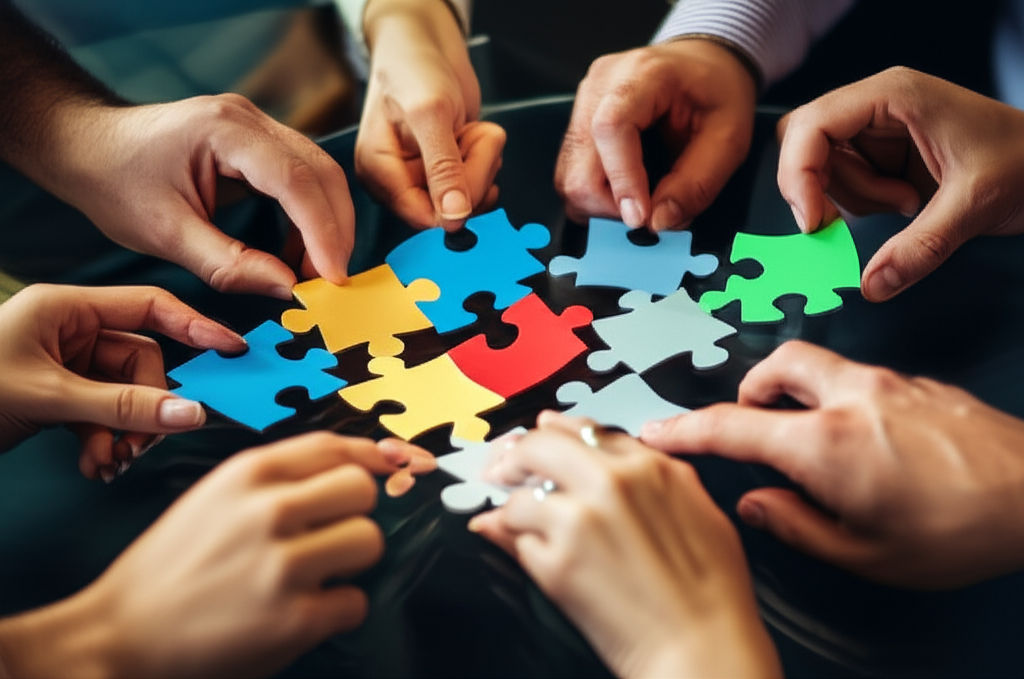
Photo: Neurodiversity & Inclusion: Ed for All Brains
Neurodiversity & Inclusion: Ed for All Brains – Unlocking Every Student's Potential
Imagine a garden where every flower, plant, and tree is unique. Some thrive in direct sunlight, others in shade. Some need constant moisture, while others prefer dry soil. A truly beautiful garden doesn't force all plants to be the same; it provides the right conditions for each to flourish. Our classrooms are much the same. Every student brings a unique "brain garden" to the learning environment, and recognizing this beautiful diversity is the first step toward truly inclusive education. This is the heart of neurodiversity and the powerful concept of "Ed for All Brains."
Understanding Neurodiversity: More Than Just Labels
Neurodiversity is the idea that variations in human brains are natural and valuable, just like differences in ethnicity, gender, or culture. It's a broad term that encompasses conditions such as Autism Spectrum Disorder (ASD), Attention-Deficit/Hyperactivity Disorder (ADHD), dyslexia, dyspraxia, Tourette syndrome, and many others. Instead of viewing these as "disorders" that need to be "fixed," the neurodiversity paradigm celebrates these differences as unique ways of thinking, learning, and perceiving the world.
For too long, education has often operated on a "one-size-fits-all" model, assuming all brains learn in the same way. This approach can unintentionally create barriers for students whose brains are wired differently. Roughly 1 in 5 children in the United States are estimated to be neurodivergent, meaning their brains receive, process, and respond to information uniquely. This doesn't mean they are less intelligent; it simply means their learning journey might look different. Recognizing this is crucial for building educational systems that genuinely serve everyone.
Why "Ed for All Brains" Isn't Just a Buzzword – It's a Necessity
The shift towards "Ed for All Brains"—a truly inclusive education—is not merely a trend; it's a fundamental necessity for our society's progress and individual well-being. When classrooms embrace neurodiversity, the benefits extend far beyond neurodivergent students, enriching the entire school community.
The Diverse Classroom Reality
Today's classrooms are incredibly diverse. Students come from varied backgrounds, speak different languages, and possess a wide range of learning styles and cognitive profiles. An inclusive approach acknowledges this reality, ensuring that every student, regardless of their neurological makeup, feels valued, understood, and supported.
Benefits for ALL Students
Inclusive education has been shown to enhance academic outcomes for all students. When students with disabilities learn alongside their neurotypical peers in inclusive classrooms, they often perform better academically. But the advantages don't stop there. Neurotypical students also gain significant benefits:
- Increased Empathy and Understanding: Learning alongside peers with diverse needs fosters mutual respect, empathy, and acceptance. This helps break down stereotypes and prejudices, preparing students for a diverse world.
- Improved Social Skills: Collaboration with diverse peers teaches patience, flexibility, and strong communication skills. Inclusive environments reduce teasing, bullying, and social exclusion.
- Enhanced Problem-Solving and Critical Thinking: Exposure to different ways of thinking and learning strengthens problem-solving abilities and encourages adaptability.
- Preparation for the Real World: Society and workplaces are inherently diverse. Inclusive education helps students develop an appreciation for human variation, preparing them for future success in a neurodiverse world.
Ultimately, an "Ed for All Brains" approach fosters a positive learning environment that values diversity, encourages collaboration, and builds a strong sense of community and belonging.
Pillars of Inclusive Education: Building Classrooms Where Every Brain Thrives
Creating an inclusive educational environment requires intentional strategies that cater to diverse learning needs. Here are key pillars that support "Ed for All Brains":
Universal Design for Learning (UDL): Learning for Every Style
Universal Design for Learning (UDL) is a proactive framework that aims to remove barriers to learning before they even arise. Think of it like a building designed with ramps and automatic doors from the start, benefiting everyone, not just those who use wheelchairs. UDL focuses on providing multiple ways for students to:
- Engage with Content (The "Why" of Learning): This means sparking interest and motivation. Examples include offering choices in activities, making learning relevant to students' lives, and fostering self-regulation skills.
- Access Information (The "What" of Learning): Presenting information in various formats ensures accessibility. This could involve using digital materials with text-to-speech options, providing videos with captions, or offering graphic organizers alongside traditional text.
- Demonstrate Understanding (The "How" of Learning): Allowing students multiple ways to show what they know, beyond just tests or essays. This might include presentations, projects, videos, or even drawing a comic strip.
UDL is about flexibility and adaptability, benefiting all students by recognizing that each brain processes information uniquely.
Differentiated Instruction: Meeting Individual Needs
While UDL is about proactive design for all, Differentiated Instruction (DI) is a responsive teaching approach that adjusts content, process, products, and the learning environment based on ongoing assessment of individual student needs, readiness, interests, and learning preferences.
For example, a teacher might:
- Differentiate Content: Provide multiple avenues to learn material, such as text, videos, or hands-on activities.
- Differentiate Process: Offer various methods for students to engage with the content, like group work, independent study, or peer tutoring.
- Differentiate Product: Allow different ways for students to demonstrate understanding, such as essays, presentations, or creative projects.
UDL and DI are complementary. UDL lays the groundwork by designing accessible materials and environments from the outset, while DI allows teachers to fine-tune instruction for specific students who may require additional support or challenge within that flexible framework.
Strengths-Based Approach: Unlocking Unique Talents
A core principle of neurodiversity inclusion is shifting focus from perceived deficits to celebrating unique strengths. Neurodivergent individuals often possess remarkable talents, such as:
- Exceptional problem-solving skills.
- High creativity.
- Attention to detail.
- Pattern recognition.
- Visual thinking.
A strengths-based approach involves identifying what a student excels at and building learning activities around those talents. For example, a student with strong visual learning skills might benefit from diagrams, mind maps, or videos, while a student with a strength in verbal communication might thrive in group discussions. This approach not only boosts self-confidence and motivation but also enriches the entire classroom by leveraging diverse perspectives.
Creating Supportive Environments: Beyond the Curriculum
Inclusion goes beyond academics. It involves creating a safe, understanding, and emotionally supportive environment where every student feels they belong.
- Sensory Considerations: Many neurodivergent individuals have sensory sensitivities. Creating sensory-friendly spaces by minimizing overwhelming stimuli (e.g., harsh lighting, loud noises) and providing sensory tools or quiet areas can be incredibly helpful.
- Emotional Support: Help students identify and express their emotions, fostering self-awareness and emotional regulation without requiring them to "mask" their neurodivergence.
- Peer Understanding and Acceptance: Educate all students about neurodiversity to build empathy and reduce bullying. Encourage peer support and collaborative learning.
- Collaboration: Strong partnerships between parents, educators, and specialists are vital. Sharing insights about a child's strengths, challenges, and preferred approaches ensures individualized attention.
Actionable Steps for Parents and Educators
Implementing "Ed for All Brains" requires a collaborative effort from everyone involved in a child's education.
For Parents: Becoming a Powerful Advocate
You are your child's first and most important advocate.
- Educate Yourself: Learn about neurodiversity and your child's specific neurological profile, including their unique strengths and challenges.
- Open Communication: Foster a safe space for your child to express their thoughts and feelings.
- Share "About Me" Letters: Provide teachers with a letter detailing your child's strengths, areas of difficulty, stress indicators, and preferred learning methods. This facilitates better understanding and collaboration.
- Collaborate with Schools: Work closely with teachers, school counselors, and administrators to ensure appropriate accommodations and support plans (e.g., IEPs or 504 plans) are in place and regularly reviewed.
- Celebrate Strengths: Focus on and celebrate your child's unique talents and achievements, no matter how small.
- Promote Inclusion Beyond School: Encourage inclusive practices in extracurricular activities and community settings.
For Educators: Cultivating a Neuro-Inclusive Classroom
Teachers are at the forefront of creating inclusive learning environments.
- Embrace Professional Development: Seek training
Latest ✨
View AllMaster strategic talent acquisition. Go beyond recruitment to identify, attract, & secure top talent that drives innovation & future organizational success.
Emily Willis
Digital storytelling crafts future classrooms! Combine narratives & tech for engaging learning, boosting student engagement, critical thinking & creativity.
Emily Willis
Artificial Intelligence (AI) is reshaping industries across the globe, from healthcare to finance, by solving complex problems, increasing efficiency, and driving innovation. In healthcare, AI is saving lives through drug discovery, disease diagnosis, personalized medicine, and virtual health assistants.
Emily Willis
Trouvez une assurance auto en ligne immédiate pas chère pour résilié. Comparez, souscrivez en quelques minutes et repartez assuré en toute légalité.
Emily Willis
Business
View All
June 18, 2025
Navigating Mortgage Refinance Rates: Your Ultimate GuideUnlock lower payments and save thousands! Our guide breaks down mortgage refinance rates, helping you find the best options and maximize your home equity.
Emily Willis

June 8, 2025
AI in Business: Transform Your CompanyTransform your business with AI! Discover how AI drives efficiency, innovation, and a competitive edge for a future-ready company.
Emily Willis

June 9, 2025
Step-by-Step Business RegistrationsNew business? Discover why registration is vital for legal protection, credibility, and funding. Our guide simplifies establishing your venture.
Emily Willis
Economy
View AllDiscover the innovation economy: how new ideas, tech, and business models drive global growth and define future success.
Read MoreFeeling the economic drag? Discover what a "lumbering economy" means: slow growth, stagnant wages, and uncertain job prospects. Learn its impact on you.
Read MoreDeflation explained: Discover why falling prices can harm the economy. Learn its causes, effects, and how to protect your finances.
Read MoreEntertainment
View All
August 4, 2024
Virtual Music Concerts: The Future of Live Performance?The music industry has seen significant changes in recent years, with virtual music concerts becoming a popular trend, especially due to the impact of the COVID-19 pandemic. Technological advancements have made virtual concerts more accessible and cost-effective, while also reducing the environmental impact of live events. However, challenges such as technical issues and the lack of physical presence remain. The future of virtual concerts may involve hybrid models that combine virtual and physical experiences, as well as continued technological innovation to enhance the quality of virtual performances. Building a sense of community and engagement will also be crucial for the success of virtual concerts moving forward.
Emily Willis

August 4, 2024
Profiles of Famous Artists Who Inspire the Younger Generationthe inspirational aspects of famous artists such as Vincent van Gogh, Frida Kahlo, Pablo Picasso, Banksy, Yayoi Kusama, Jean-Michel Basquiat, Georgia O'Keeffe, Andy Warhol, Kehinde Wiley, and Ai Weiwei. It highlights their perseverance, innovation, authenticity, social commentary, mental health advocacy, and representation, among other qualities, and how these aspects continue to inspire young artists to pursue their creative dreams.
Emily Willis
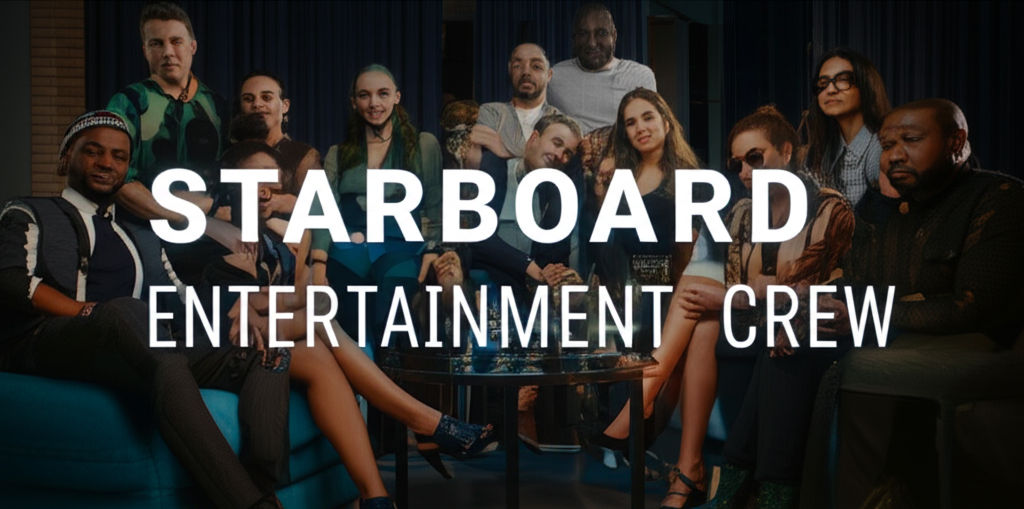
July 9, 2025
Starboard Entertainment CrewExplore the Starboard Entertainment Crew! Learn how these dedicated professionals create dazzling shows & unforgettable moments, making cruise holidays truly ma...
Emily Willis
Health
View AllMaintaining good health involves a balanced diet that provides essential nutrients for the body. A balanced diet includes carbohydrates, proteins, fats, vitamins, minerals, fiber, and water. Benefits of a balanced diet include enhanced energy levels, improved mental health, a stronger immune system, better weight management, reduced risk of chronic diseases, and enhanced digestion. Components of a balanced diet include fruits and vegetables, whole grains, protein sources, dairy or dairy alternatives, and healthy fats. Tips for maintaining a balanced diet include planning meals, portion control, staying hydrated, limiting processed foods, eating mindfully, and including physical activity.
Emily Willis
Achieve radiant, healthy skin with ZO Skin Health. Explore Dr. Obagi's science-backed approach to unlock your glow through correction, prevention & maintenance.
Emily Willis
The focus of nutrition advice is shifting towards personalized nutrition, taking into account individual genetic makeup, lifestyle, and health goals to create a customized eating plan. This approach can lead to improved health outcomes, enhanced nutrient absorption, increased motivation, and targeted support for specific health concerns.
Emily Willis
Trending 🔥
View All
1
2
3
4
5
7
8
9
10
Lifestyle



Technology
View All
August 4, 2024
AI-Powered Robots Take Over Manufacturing Jobs: Is Our Workforce Prepared?
AI-powered robots are transforming the manufacturing industry, leading to increased efficiency and improved product quality. While concerns about job displacement exist, AI is more likely to transform jobs rather than eliminate them.

August 5, 2024
Tips for Implementing Cloud Computing Safely and Efficiently
Cloud computing is essential for modern businesses, offering cost savings, scalability, and improved collaboration. Implementing cloud computing requires careful planning to ensure safety and efficiency. Tips for safe and efficient implementation include conducting a needs assessment, choosing the right cloud service model, prioritizing security, planning for data migration, optimizing costs, training your team, implementing backup and recovery solutions, monitoring performance, planning for scalability, and staying updated with industry trends.

August 5, 2024
AI Trend Predictions for 2024 and beyond
AI is no longer a futuristic concept, it is shaping our world at an unprecedented pace. In 2024 and beyond, AI trends are likely to dominate in various industries. Generative AI is expected to revolutionize content creation, design, and product development. In healthcare, AI will lead to personalized medicine, drug discovery acceleration, improved diagnostics, and remote patient monitoring.
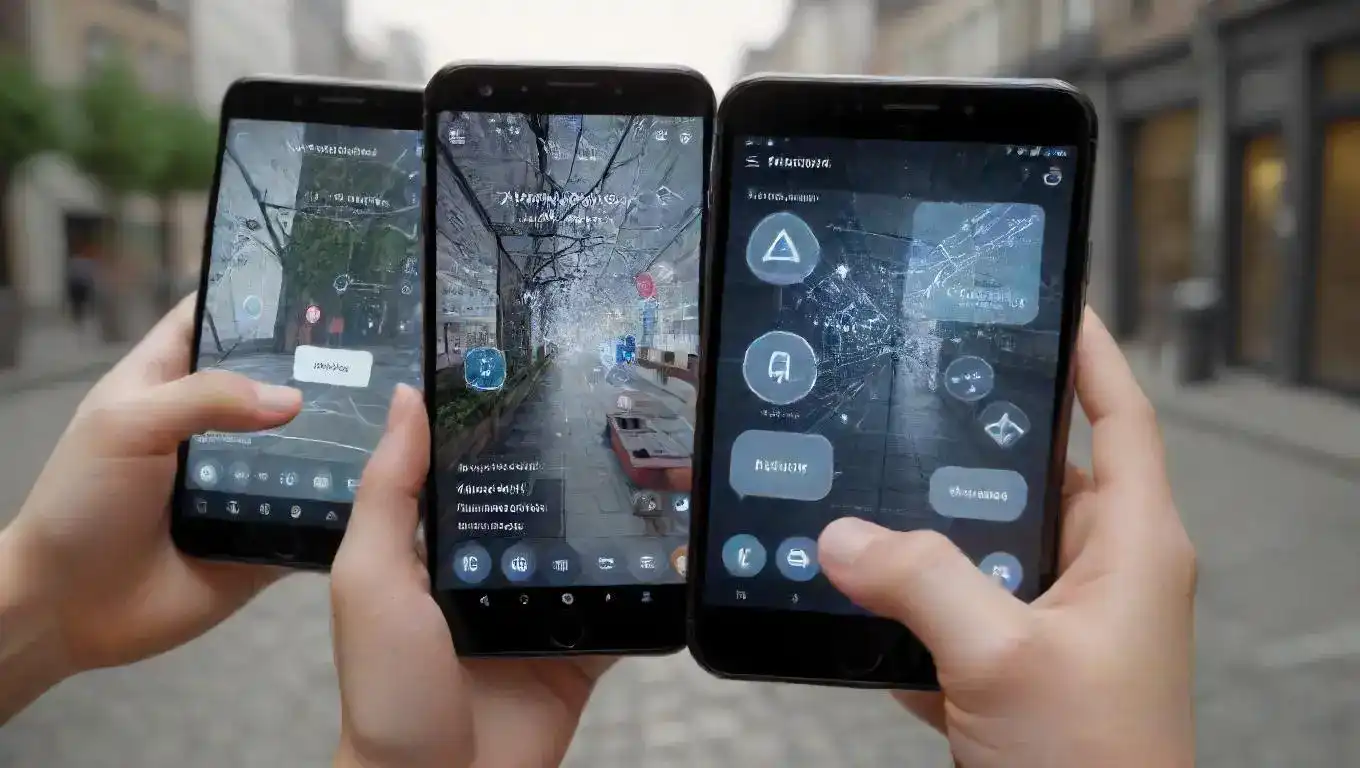
August 5, 2024
Best AR Translation Apps Tested
Uncover the best AR translation apps on the market through our in-depth testing and reviews. From seamless voice conversations to real-world text translation, these apps will revolutionize the way you communicate across languages.

